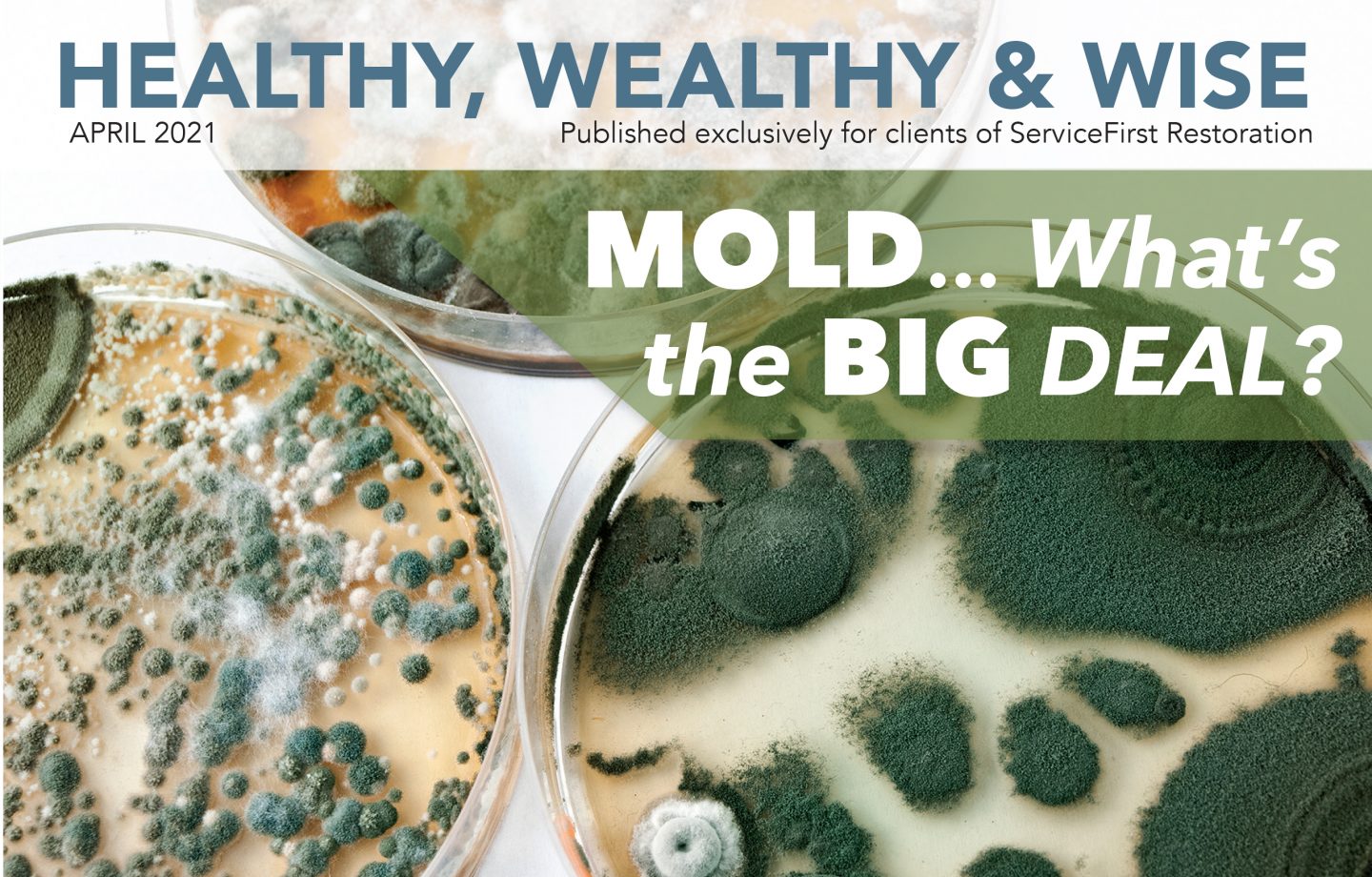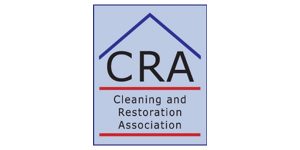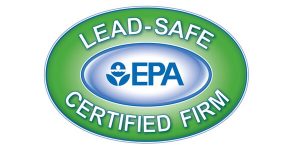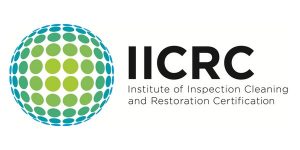
“Black Mold Forces Family to Move”… “The Hidden Dangers of Toxic Mold”… “Is Your House Making You Sick?” Headlines like these are used to shine a spotlight on the health risks associated with mold. Naturally, the more extreme stories get the most interest. But is mold really as bad as they say? Where does it come from? How can you prevent it?
In 2004, the Institute of Medicine found sufficient evidence to link indoor exposure to mold with upper respiratory tract symptoms including coughing, sneezing, and wheezing in otherwise healthy individuals. People with asthma and allergies often see a marked increase in the incidence and severity of their symptoms. Those with compromised or underdeveloped immune systems can suffer from serious infections caused by mold.
Mold needs 3 things to grow: The right environment, a food source, and moisture. High humidity is one contributing factor. A relative humidity (RH) range is between 30% and 50% is required for human health and comfort. Once the RH rises above 60%, mold growth









